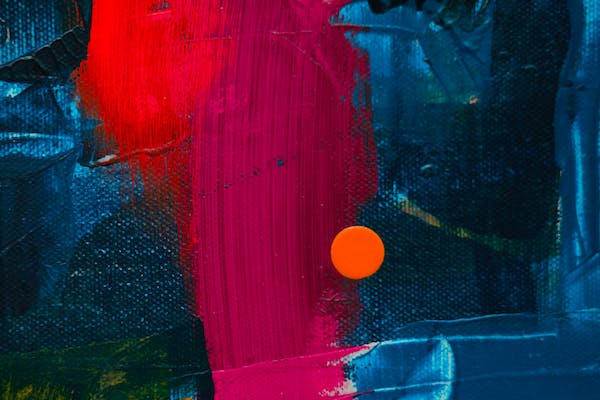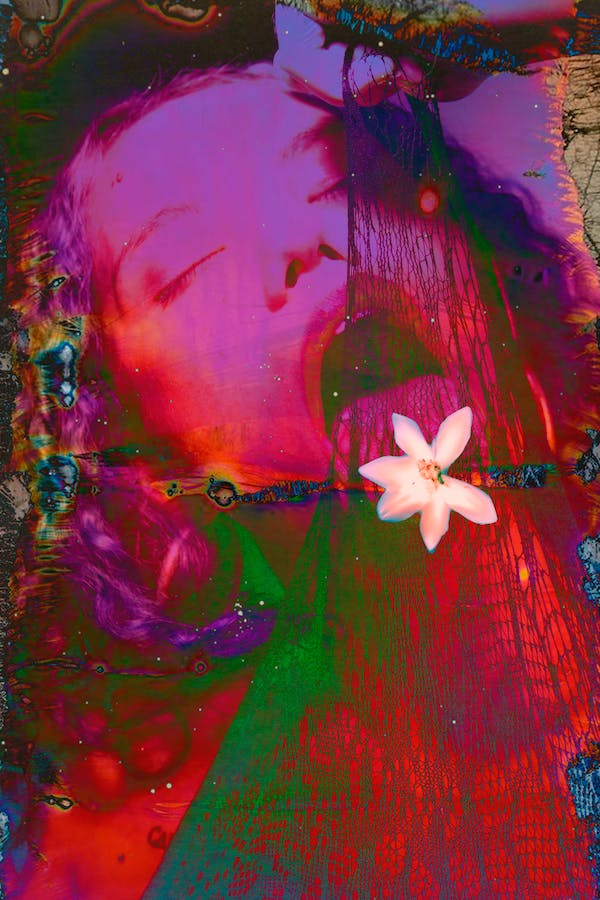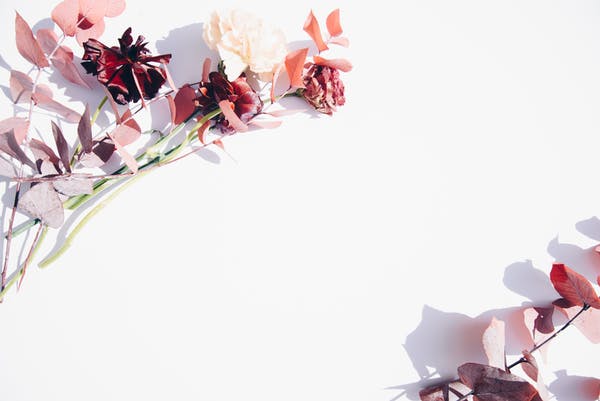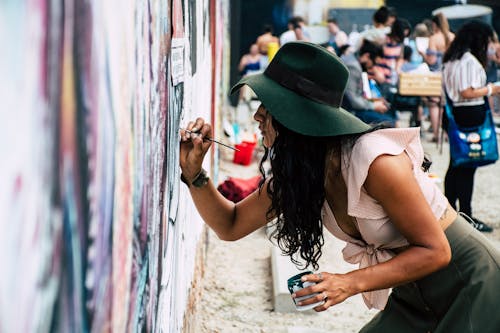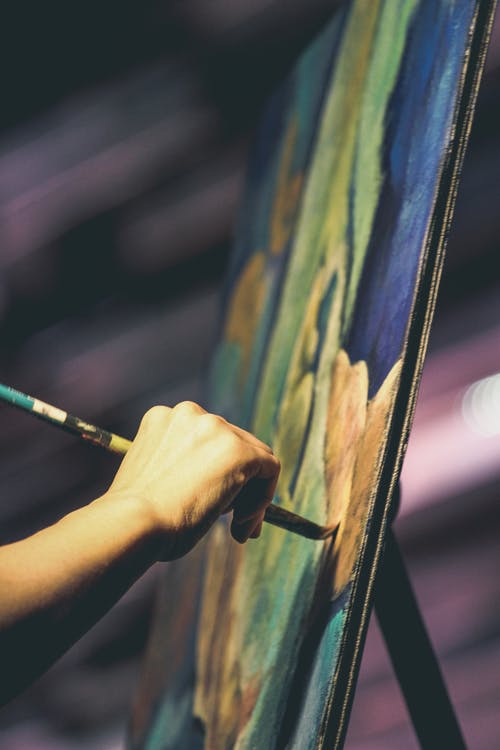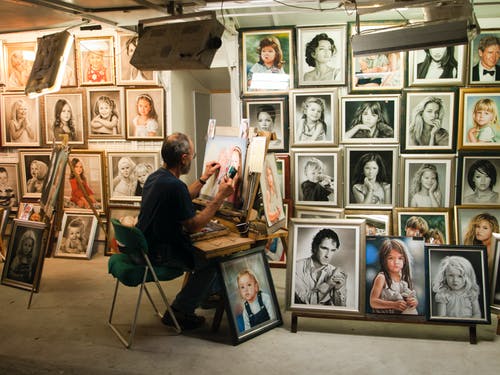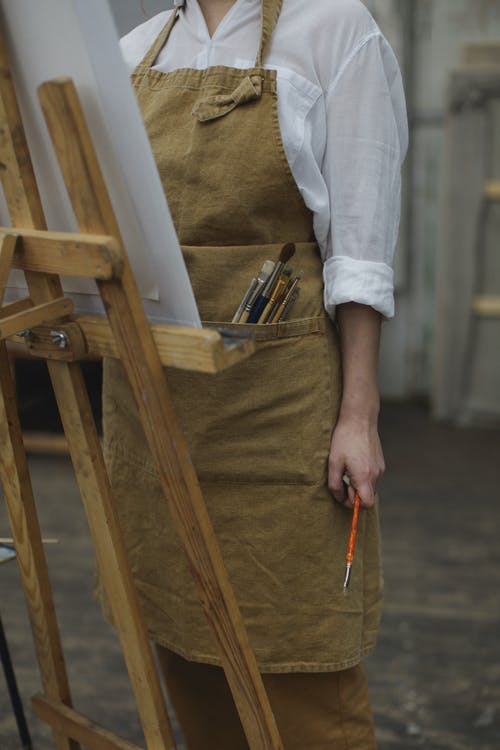Being a visual artist comes with its share of challenges – dealing with burnout, maintaining creative inspiration, and rising above extreme competition. But add to that the weight of addiction, and a visual artist can find themselves in a particularly vulnerable position. Addiction can cause long-term damage to a visual artist’s mental and physical health, and can lead to depression, anxiety, and other serious problems.

Most obviously, addiction can impair an artist’s ability to create. Addictive substances like alcohol and drugs can reduce an artist’s motivation, as well as their ability to concentrate, leading to unreliable output. Even if it is possible for an artist to create while under the influence, they may find that the quality of their work is impacted, leading to reduced levels of satisfaction and disappointment from the audience and critics.
The emotional toll of this can be profound, as an artist who is struggling with addiction may struggle to find value and purpose in their work. It can become increasingly difficult to have faith in their work and to believe that it is worthy of being seen and appreciated. Depression and low self-esteem can creep in, leading to a vicious cycle of using addiction as a crutch to cope.
Some visual artists may try to stay in control of their addiction, even as it starts to manifest itself in destructive behavior. This can be an overwhelming task, and relying on one’s own willpower to manage addiction can be too much to bear. This type of situation can sometimes lead to a reliance on other individuals who enable the addiction and its associated behaviors.
In addition to the physical toll of addiction, there is also a significant emotional cost as well. Even after a recovery, there can be a feeling of shame and guilt from having gone through the experience of addiction. Artists may feel embarrassed for the mistakes they made and feel like they have let themselves and their audience down. It can be an uphill battle to regain the trust of their clients and peers.
Being an artist is not just about creating beautiful works of art; it also involves developing meaningful relationships with those in the industry. Addiction can disrupt these connections, as friends and colleagues may find it too difficult to accept an artist who is struggling with addiction. The isolation and exclusion can be difficult to cope with, and only adds to the emotional burden of addiction.
Addiction can take a heavy toll on a visual artist, both emotionally and physically. While the creative output of an artist may be diminished, the emotional and mental struggle can also be crippling. Seeking professional help and support can be the first step to breaking the cycles of addiction, and can help to pave the way for a more positive future.
